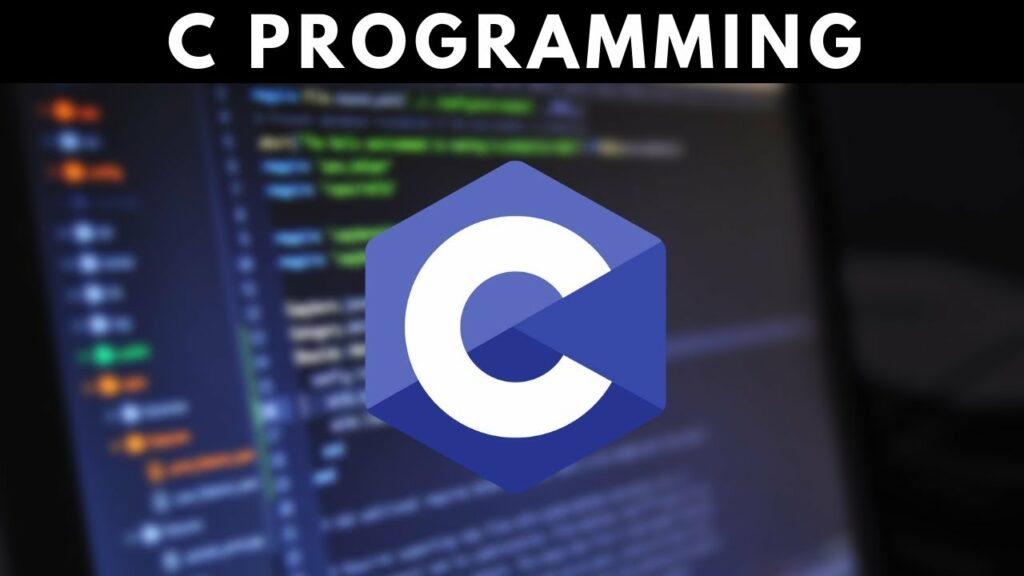
Free eBooks for Beginners
Preprocessors in C programming are a powerful tool that allow you to manipulate your code before it is compiled. They provide a way to include header files, define macros, and perform other operations that can simplify your code and make it more efficient. In this article, we will go over the basics of preprocessors in C for beginners.
The first type of preprocessor in C is the header file preprocessor. Header files are a way to include common code in multiple source files. This can be useful for defining functions, variables, and other constructs that are used in multiple parts of your program. To include a header file in your code, you use the #include directive, followed by the name of the header file in angle brackets or quotes.
Another type of preprocessor is the macro preprocessor. Macros are a way to define a constant value or a series of commands that can be reused throughout your code. They are created using the #define directive, followed by the name of the macro and its value. Macros can be very useful for defining constants, such as the value of pi, or for creating short, reusable code snippets.
Preprocessors also allow you to perform conditional compilation. This means that you can include or exclude certain parts of your code based on certain conditions. This is done using the #ifdef, #ifndef, #else, and #endif directives. For example, you could use conditional compilation to include different parts of your code for different platforms or operating systems.
It’s important to use preprocessors wisely and judiciously, as they can have a significant impact on the readability and maintainability of your code. Overuse of preprocessors can make your code harder to understand and maintain, so it’s important to strike a balance between using preprocessors to simplify your code and using them too often.
In conclusion, preprocessors in C programming are a powerful tool that can simplify your code and make it more efficient. By using header files, macros, and conditional compilation, you can include common code, define constants, and include or exclude code based on certain conditions. Remember to use preprocessors wisely, as overuse can make your code harder to understand and maintain.
C Programming for Beginners – Chapter 29 : Preprocessors in C
 Loading...
Loading...
Disclaimer: The information and code presented within this recipe/tutorial is only for educational and coaching purposes for beginners and developers. Anyone can practice and apply the recipe/tutorial presented here, but the reader is taking full responsibility for his/her actions. The author (content curator) of this recipe (code / program) has made every effort to ensure the accuracy of the information was correct at time of publication. The author (content curator) does not assume and hereby disclaims any liability to any party for any loss, damage, or disruption caused by errors or omissions, whether such errors or omissions result from accident, negligence, or any other cause. The information presented here could also be found in public knowledge domains.